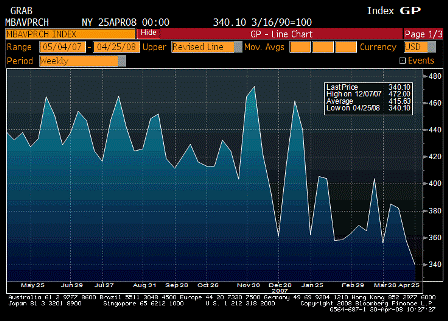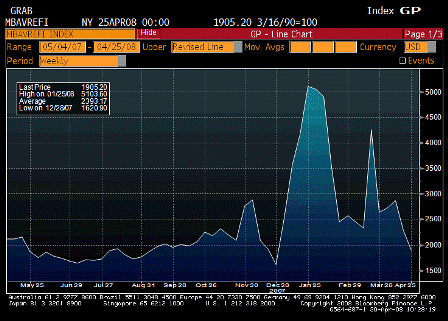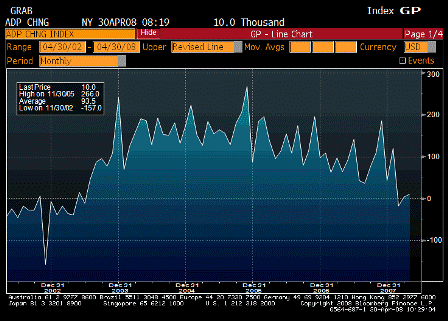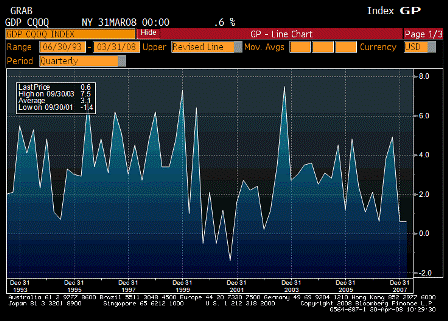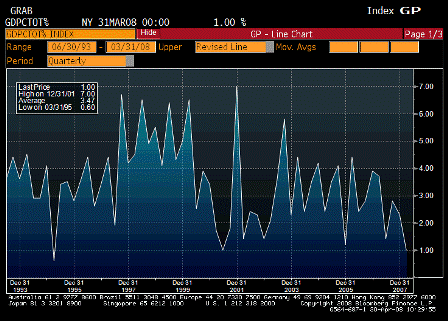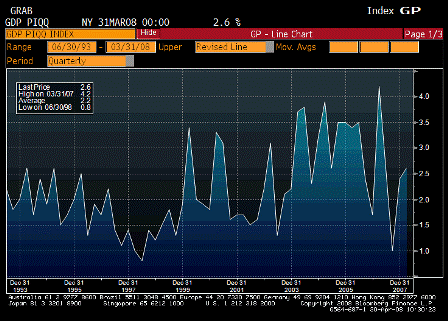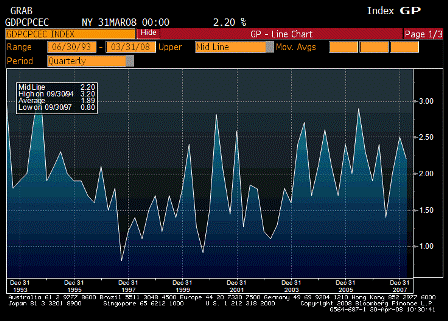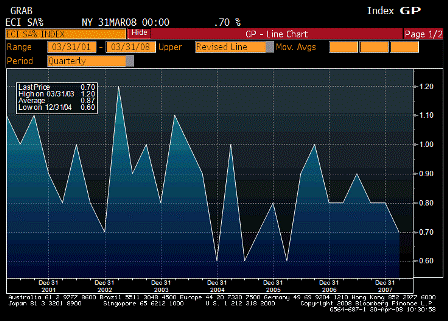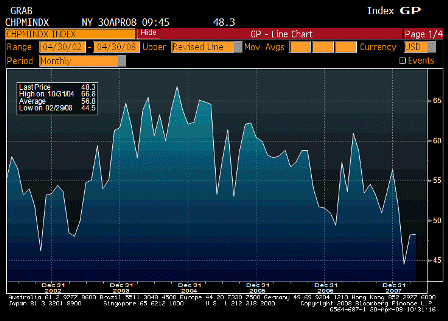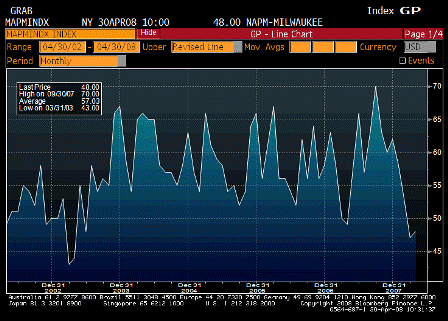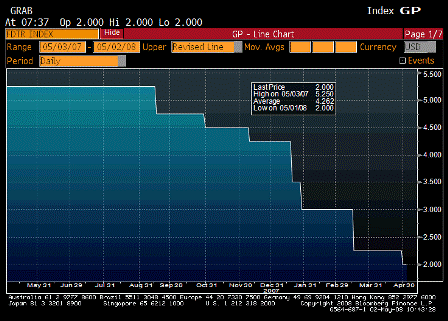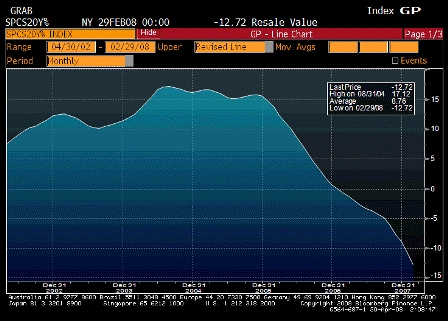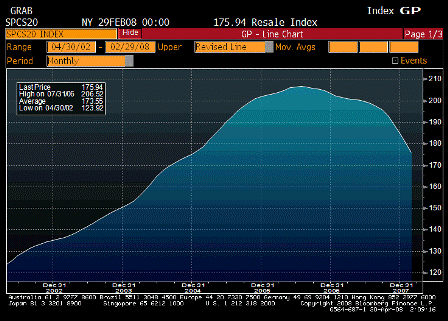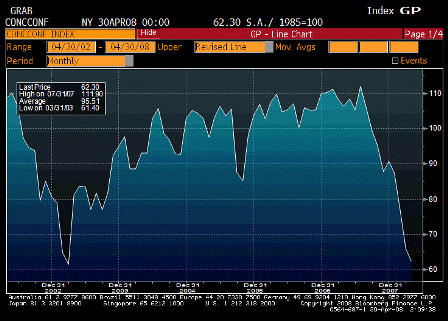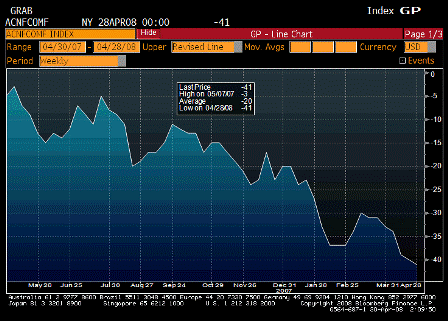right, it’s a way to keep the ff rate from falling below target, but does nothing for ‘liquidity’ that’s not already being done.
seems fomc maybe still struggling with ‘monetary operations’
From: Adam
Sent: Tuesday, April 29, 2008 3:59 AM
To: a
Subject: CS: DEF WORTH A READ – GREG IP ARTICLE THAT PROPOSES ANOTHER FED INNOVATION – ALL EXPLAINED BELOW
ÂÂÂ
Greg Ip’s piece in the WSJ received some attention today. The piece is titled “ Fed to Consider Paying Interest To Commercial Banks on Reserves” and states that the Fed will discuss this proposal at todays meeting. There is no suggestion that the Fed are about to immediately change the current standard policy of paying zero per-cent for reserve balances, but given that the press had a very good lead on the introduction of the TSLF and PDCF it’s prudent to pay attention. (http://online.wsj.com/article/SB120941973079950909.html?mod=economy_lead_story_lsc)
The reason for changing policy and paying interest on reserve balances is not at first obvious, but is in fact a simple way for the Fed to solve the problem of increasing cash liquidity in the banking system without driving down the Fed effective rate. As the Fed take illiquid asset-backed securities from banks they hand over cash in return. As banks get zero interest on reserve balances that are left with the Fed they quickly seek to place their newly raised cash out into the market, earning a coupon on their investment instead of earning nothing on a reserve balance. As the Fed pay nothing it is in every banks interest to lend any excess balances at rates greater than zero, and what typically happens is that the cash market rate falls dramatically as cash rich banks try and find bids, offering at lower and lower rates until we get close to zero. This is an unwelcome development from the Fed’s perspective as the effective Fed Funds rate that results is often significantly lower than the official Fed target rate. By injecting large amounts of cash liquidity into the system the Fed may actually undermine their own target rate.
Paying a coupon on reserve balances would allow the Fed to inject as much cash via asset-backed repo as they like without needing to worry about driving down the Fed effective cash rate. The Fed would effectively sterilize their own cash injection by placing a guaranteed fixed rate floor on reserve funds, and ensuring that something close to the Fed Funds target rate was achieved. This would mean that the Fed could continue to increase the amount of repo’s that they are willing to undertake and to upsize the auctions without concerns about the effects of huge amounts of excess cash
sloshing around in the system.
Some thoughts to go along with this:
- Great care needs to be taken in setting guaranteed cash levels. Sometimes unexpected consequences result. Central banks like the RBA and RBNZ have long operated a cash system which guarantees a floor on overnight rates at a margin below the target rate. This ensures that cash generally trades close to the target rate, or slightly rich to it. Generally local market participants prefer to hold an excess of long balances in the knowledge that cash shortages often occur, but they have a defined downside guarantee. In New Zealand’s case the RBNZ found that banks were hoarding cash to such an extent that the short dated market traded significantly above the OCR target because the banks had a 25bp downside guarantee. It wasn’t until the RBNZ reduced the guaranteed floor substantially that rates traded much closer to target.
ÂÂÂ
Banks that get cash from the Fed via the PDCF currently seek to off-load that cash to the street, effectively spreading liquidity to all elements of the banking system, and discouraging the holding of very short term balances which will end of earning 0% if they are not on-lent. If the Fed’s guaranteed rate is not far enough below the FF target rate Banks will simply recycle any excess back to the Fed rather than taking unsecured interbank credit risk. This may leave the smaller regional Banks without direct Fed access short of cash, forcing them to pay a premium instead of getting funds at a discount. The challenge of course is that if the rate is set too far below the Fed Fund’s Target rate the Fed will have the same problem of the effective daily rate printing substantially beneath target. An appropriate margin that the Fed should pay on reserves is likely to be around 50bp below the target rate. This will prevent the Fed effective rate from collapsing, but the 50bp penalty will also incentivise banks to find alternative borrowers wherever possible

